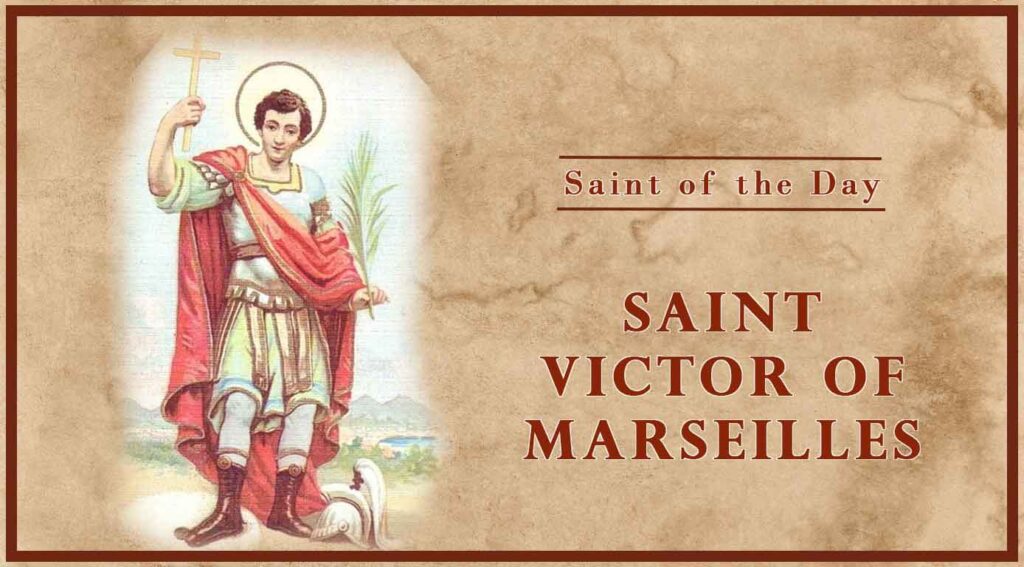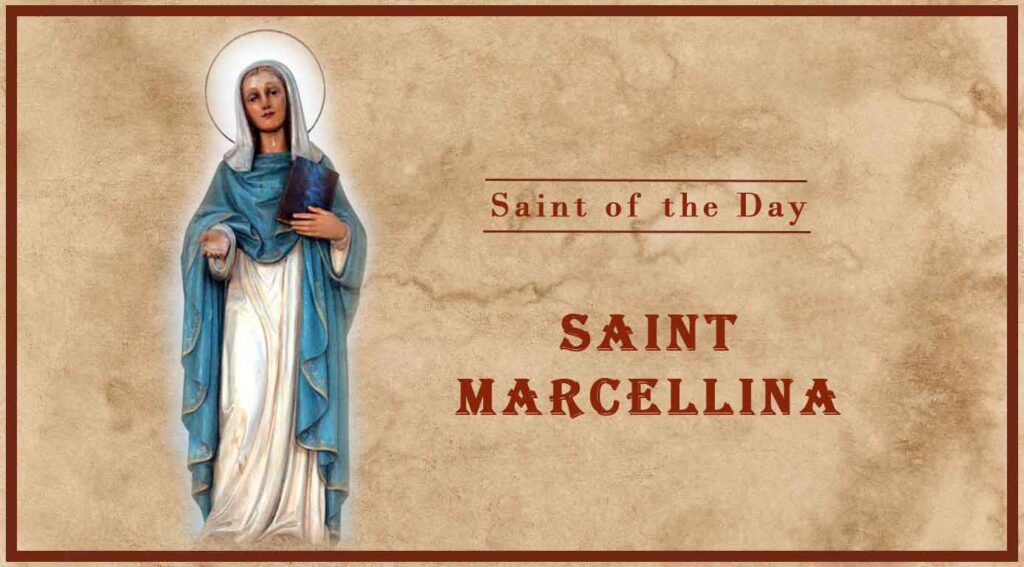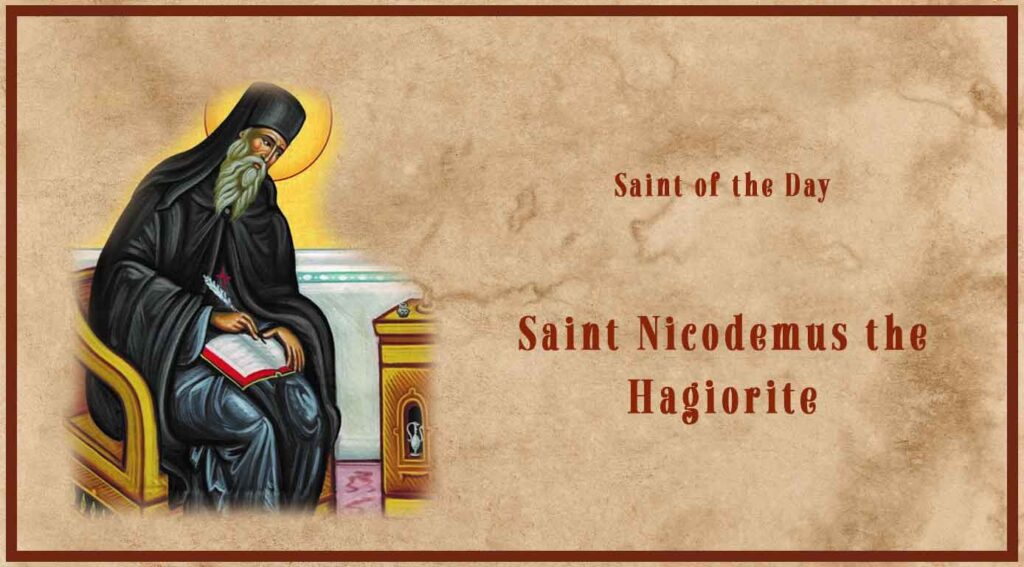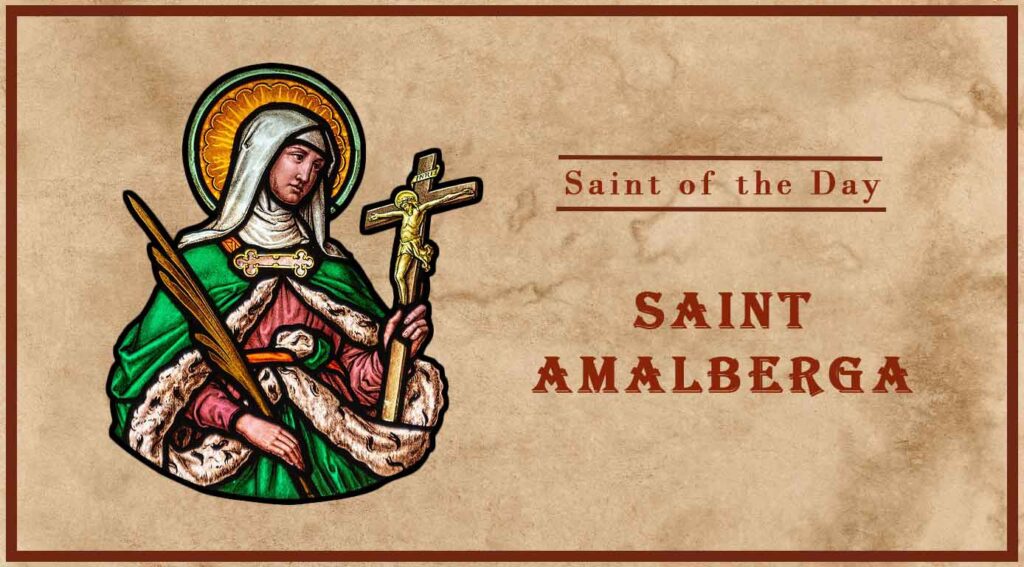Saints Rasiphus and Ravennus
Saints Rasiphus and Ravennus were natives of Britain who fled their country during the Anglo-Saxon invasions. They settled in Gaul and became hermits.
According to an account of their lives, the two saints founded their hermitage near the site of the current building, near a miraculous spring of water.
Since little is known about their lives, there are multiple versions of their martyrdom. According to one version, they were tossed against a great block of sandstone. Their heads dented the stone but the two saints were not hurt. They were then decapitated and buried near the present grounds of St-Aubin de Macé; a tombstone marks the site of their former grave.
Accounts also attribute many miracles to the Saints Rasiphus and Ravennus. They were venerated as great healers.
Saints Rasiphus and Ravennus Read More »













